The Unexpected Lessons: Unpacking My Journey with Tagmate
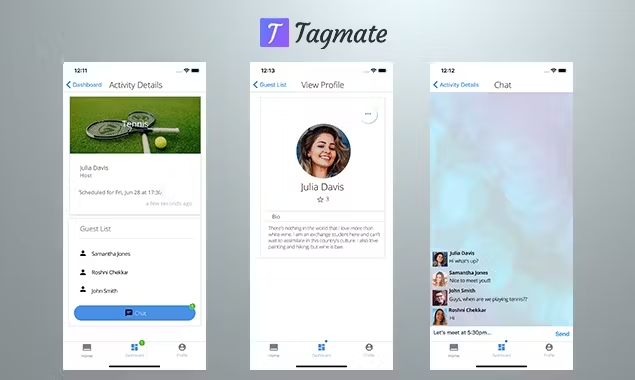
From Inspiration to Idea: The Journey Begins
The crisp autumn of 2017 marked my journey into an uncharted territory. As a computer science student at Ashoka University, I noticed a recurring theme: Freshmen grappling with the unfamiliar surroundings, trying to navigate social intricacies, longing for friendships. Their quest for acceptance inspired an idea: a platform to facilitate authentic, real-world connections amidst the sea of strangers.
This was the seed for Tagmate, a concept for a hyper-local social network tailored for universities. However, before diving headfirst into the deep end, I leaned on my interdisciplinary education and applied the principles of the Lean Startup Methodology to validate this hypothesis.
Validation and Full Commitment
The first step was idea validation. I started engaging in conversations with peers, acquaintances, and even strangers about Tagmate. Constructive criticism, potential roadblocks, and suggested improvements were noted down and mulled over.
To gauge potential interest, I created a simple landing page, portraying Tagmate as an already functioning product. Armed with tracking libraries, I monitored visitor interactions with the site, analysing user behaviour and reaction to the concept. The findings were astonishing: nearly 80% of visitors expressed an interest in downloading the non-existent app. When contrasted with the total number of freshmen, we had managed to convert 20% of the new arrivals. This positive response convinced my friend and future co-founder to give this venture a shot.
Balancing my roles as a Software Development Consultant, Head of Virtual/Augmented Reality, and a final year student, I realized my passion for Tagmate required my undivided attention. A leap of faith led me to quit my job, devoting myself entirely to this initiative.
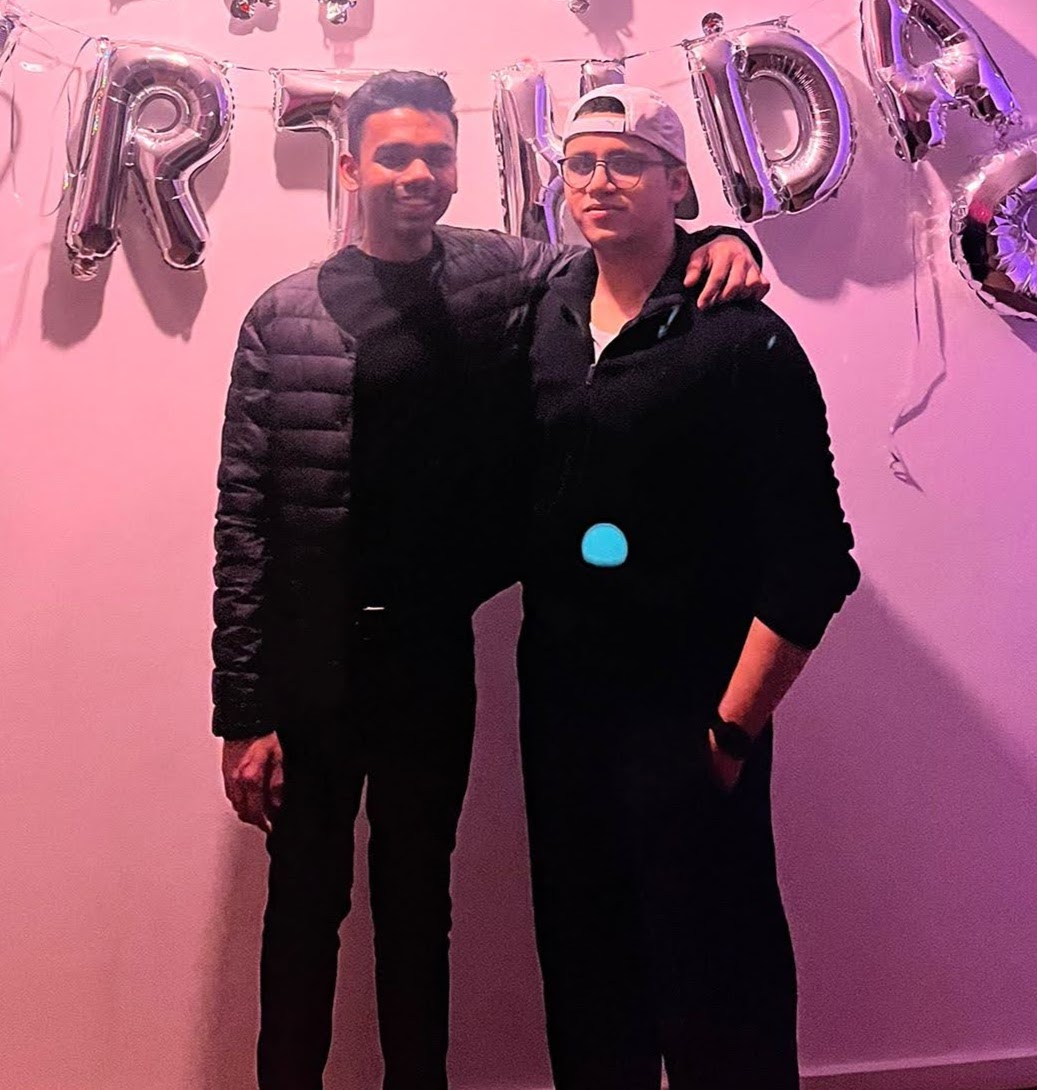
A Concept Turns into Reality
Our journey moved forward, and within four months, we found ourselves in Ashoka’s startup incubator program. With the office space, mentorship, and financial aid, we transformed Tagmate from concept to reality, using React Native for a cross-platform release.
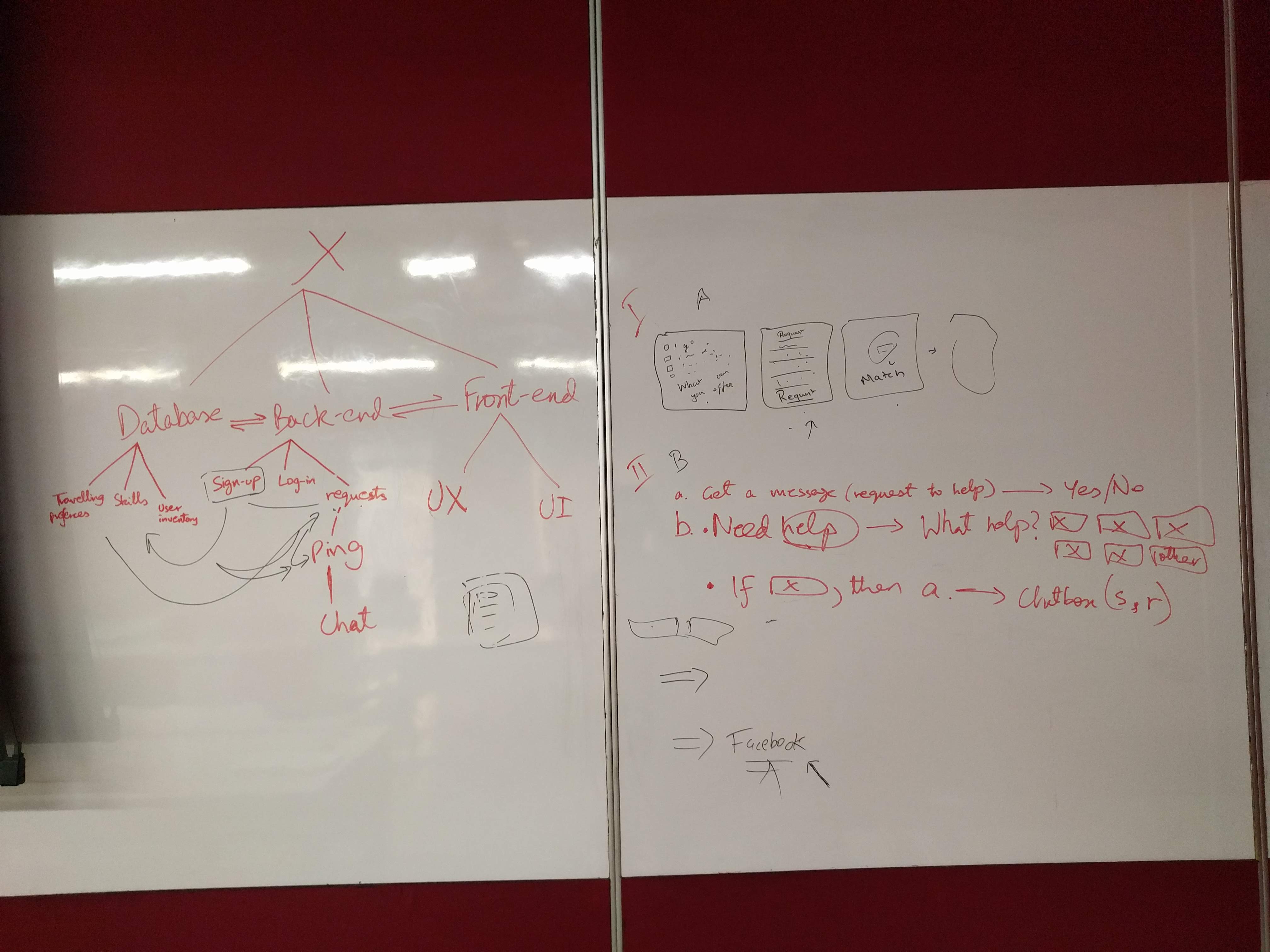
Adapting to User Feedback
The product journey was a dynamic one, with iterative developments shaped by customer feedback. This is where the advice of Paul Graham and Jessica Livingston at Y Combinator echoed: “talk to users.” My personal interaction with nearly 200 users and reviewing 2000 digital feedback entries helped shape Tagmate into an app that users wanted, not what we imagined they needed.
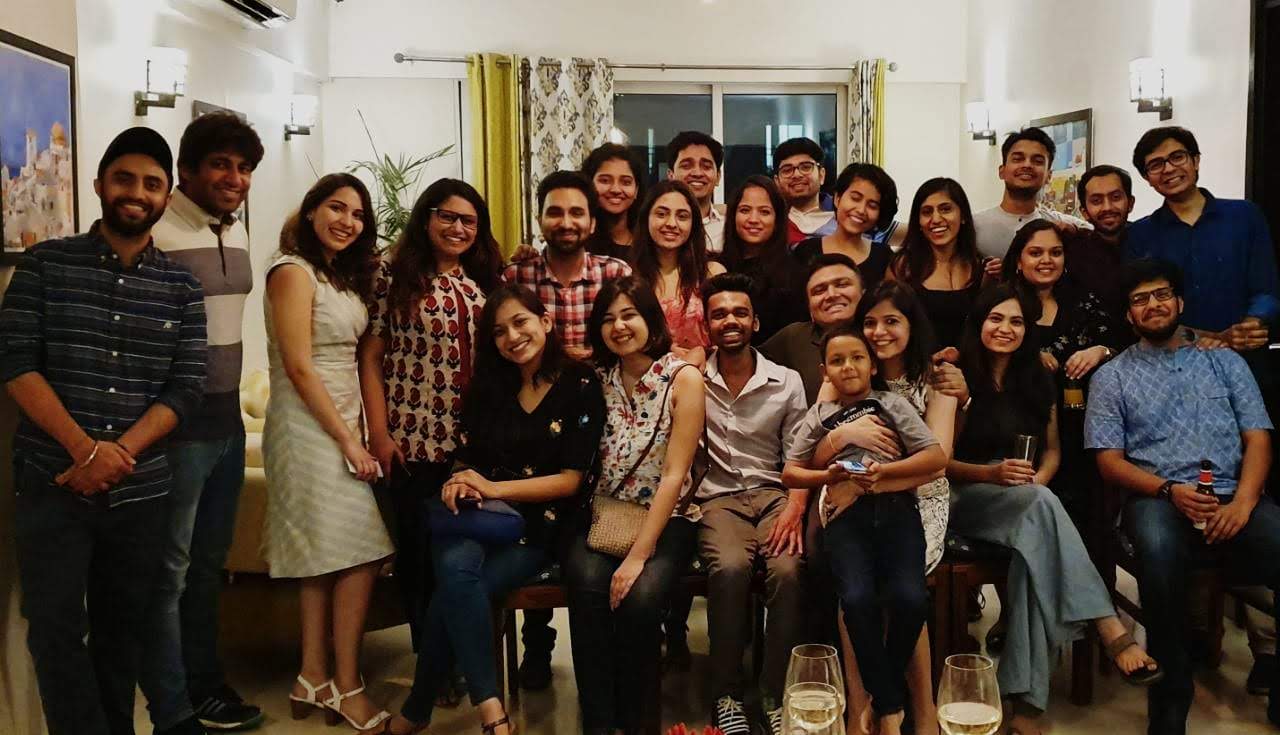
Our first version facilitated the organization of local meet-up events within a limited radius. Over time, Tagmate evolved to include push notifications, multi-user meet-ups, meet-up ratings, and detailed profiles. By early 2020, we were poised to expand to other universities.
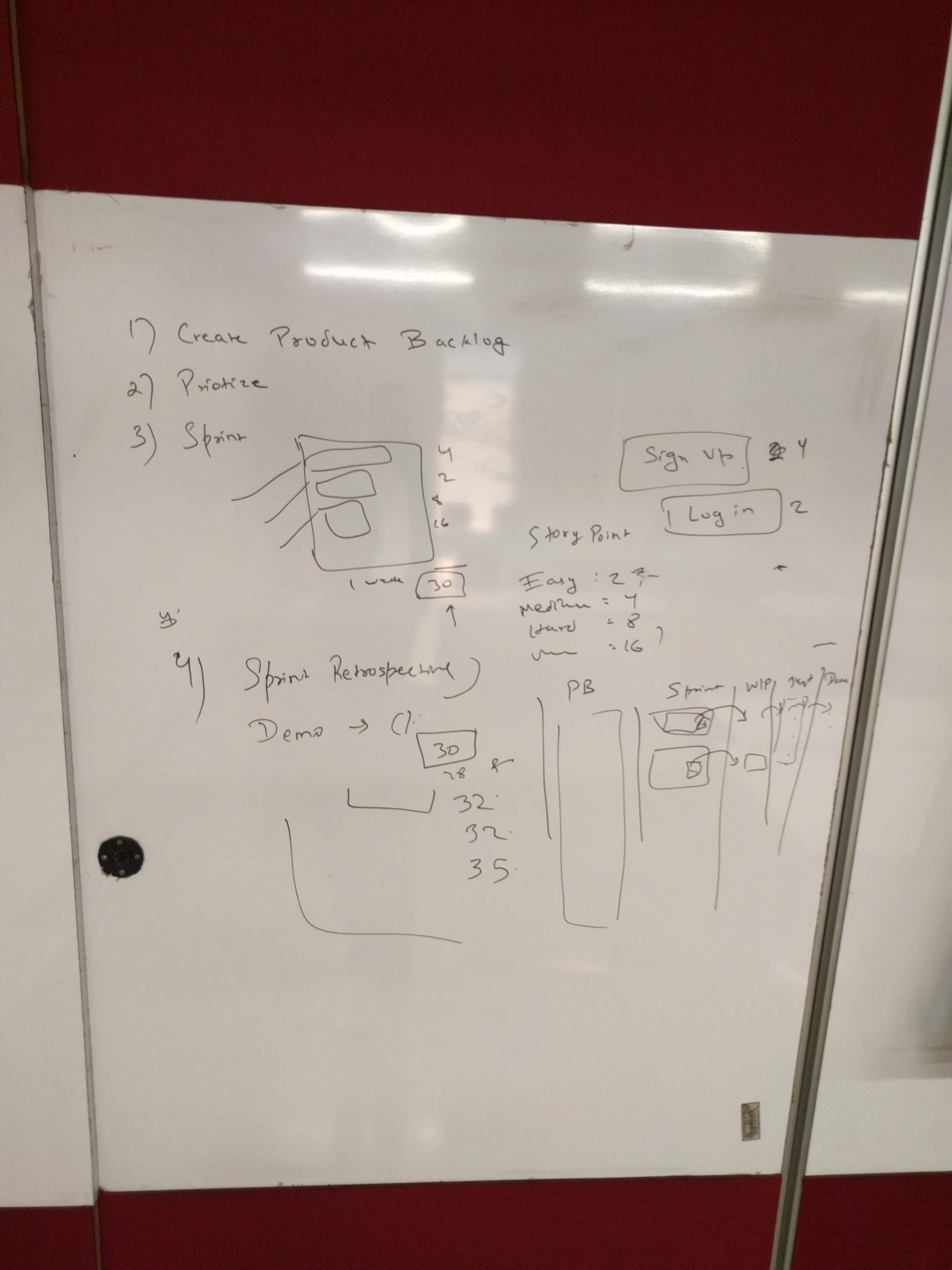
The Unforeseen Challenge
However, the sudden advent of COVID-19 brought everything to a halt. Our business model, reliant on real-life social interactions, clashed with the newly enforced lockdowns. The financial strains and the societal changes forced us to make a heart-wrenching decision: shut down Tagmate as a business venture and to open source its code base so that others can easily develop similar applications.
Despite this unforeseen end, my journey with Tagmate was invaluable. It was an enriching roller-coaster ride of entrepreneurship, shaping us into resilient individuals capable of navigating complex business landscapes. It instilled in me a sense of product ownership, customer empathy, strategic planning, and keen user-centric problem-solving, which I apply today in my work at Precision for Medicine.
Lessons Learned and Looking Ahead
Looking back, I have no regrets. The journey of Tagmate was an incredible learning curve, an adventure that allowed me to morph from a software engineer into a product manager in practice. We created a product that connected thousands of people, learning invaluable lessons along the way. The experience, though fraught with ups and downs, paved the path for our professional growth. Onish is now working with Google on their next breakthrough, Neeraj is modernizing the Bavarian administration’s funding method at Digitalschmiede Bayern, and I am channeling my skills into building groundbreaking lab software at Precision for Medicine.
